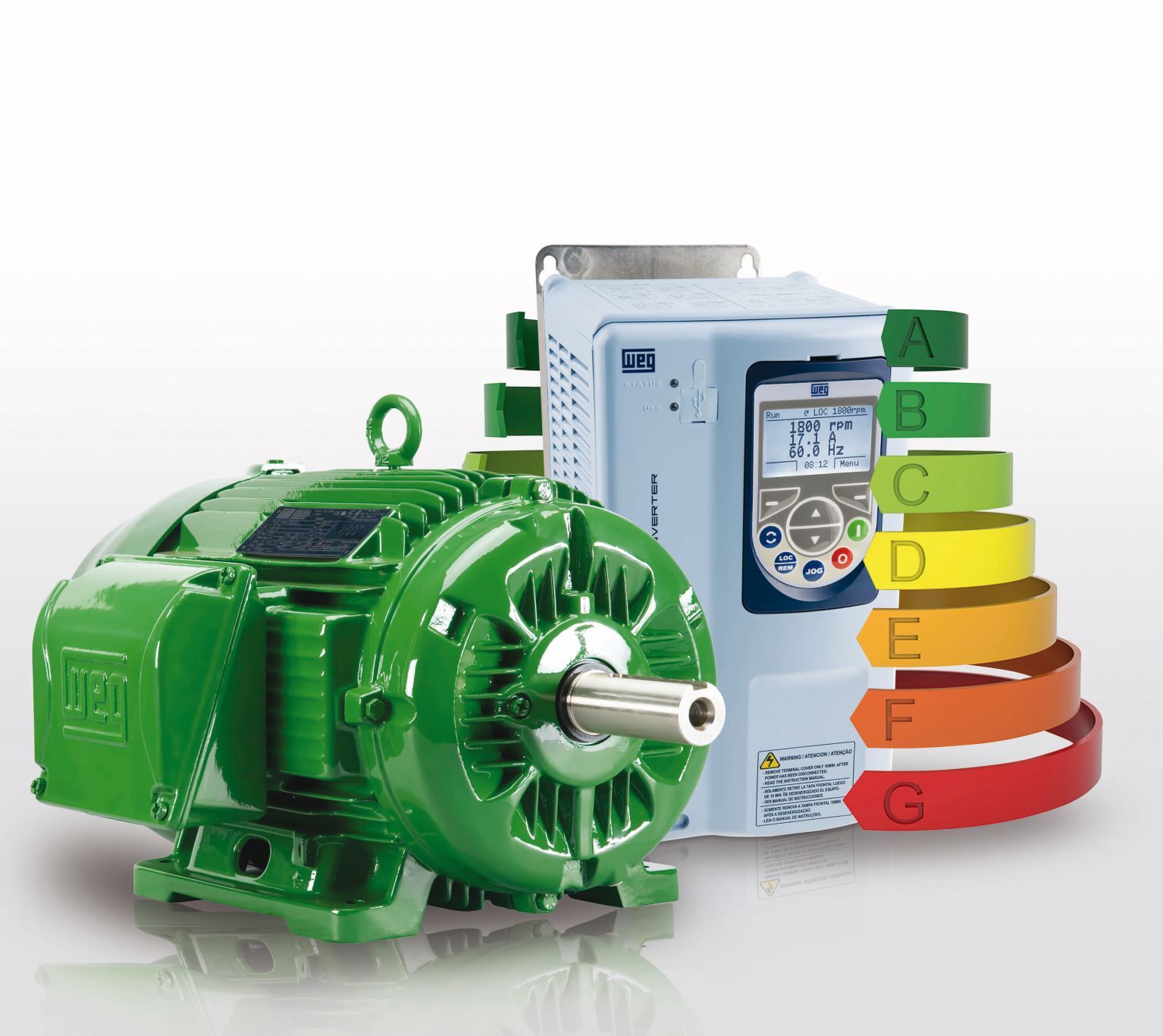New ecodesign regulations and what they mean for motor buyers…
Electric motors account for approximately 45 per cent of power consumption worldwide, with over 8 billion motors used in Europe alone. Updated European regulations for ecodesign came into effect in July 2021, setting out new energy efficiency standards for motors and drives. The second stage of the legislation changes is set to commence on July 1, 2023 and will further expand the scope of the regulatory changes. Here, Marek Lukaszczyk, European and Middle East marketing manager at global motor and drive manufacturer, WEG, discusses the upcoming changes and what this will mean for industry.
As part of the European Union’s goals for sustainability and efficiency, regulation 2019/1781 was updated in July 2021. This regulation required electric motors and variable speed drives to achieve mandatory Minimum Energy Performance Standards (MEPS). Energy efficiency refers to the ratio of mechanical output power to the electrical input. Energy efficiency standards are categorised in International Energy efficiency (IE) classes, with IE1 (standard efficiency) indicating the lowest levels of efficiency and IE4(super premium efficiency), currently the highest, with IE5 being finalised.
As of July 2021, all three-phase motors with an output between 0.75kW and 1000kW must meet the IE3 standard, or premium efficiency. For the first time, variable speed drives (VSDs) rated for use with the motors covered by the legislation are also now required to meet their own IE2 standards.
In 2023, motors new to the European market with a rated output between 75kW and 200kW will be required to achieve IE4, making the EU the first place to require some motors to meet IE4 standard for efficiency. Single-phase motors with 0.12 kW power output and above will also be required to meet IE2 levels as a minimum under the new legislation.
Product information requirements for motors and drives will also change in 2023 – it will be mandatory to provide additional information on efficiency levels at different speeds, loads, and levels of torque, to allow engineers to optimise efficiency system-wide across all processes.
By upgrading their motors and drives now, motor buyers can not only make their operation more sustainable ahead of the regulatory changes, but also reap the long-term financial benefits of the increased efficiency. Energy makes up a significant portion of the total cost of a motor throughout its lifecycle, so investing in a more efficient motor or drive now is a more cost-effective option.
WEG already has a range of safe area motors suitable for industrial applications which are rated at IE4 and offer significant energy savings. WEG’s hazardous area motors are also energy efficient, allowing buyers to meet the new standards well in advance of the 2023 legislation change.
Additionally, WEG has recently launched the WEG EcoDrive mobile app. Available via the App Store and Google Play, the app can be linked to the motors and VSDs in an operation to monitor their performance. The tool automatically calculates the operating points of the equipment and can check the power usage, ensuring that engineers can operate equipment effectively.
With electric motors comprising such a significant proportion of electricity consumption worldwide, the tool represents another important step towards Europe and the United Kingdom’s efficiency and sustainability goals.
Buyers can keep ahead of these changes by purchasing motors and VSD’s that adhere to the 2023 regulations now. A simple upgrade can generate notable financial savings depending on motor application and usage, allowing buyers to avoid unnecessary costs in replacements further down the line.
For more information on motors and drives and how you can upgrade to meet the new standards, visit weg.net.

